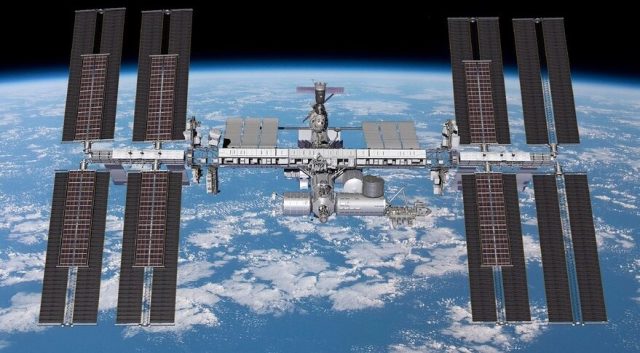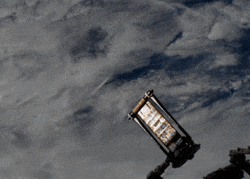NASA will install additional solar panels on top of the existing ones on the ISS. They will partially replace the old ones, which have degraded over time, but due to high efficiency, they will increase the available electric power from 160 to 215 kilowatts. The new batteries are made of a flexible film that is rolled into a scroll for easy transport.
The ISS receives electricity from four pairs of solar panels that were installed on the station from 2000 to 2009. The problem is that they degrade over time, which reduces the power generated, which is currently equal to 160 kilowatts in total from all panels. This was provided for by the original project, since it was believed that the station should work in orbit for about 15-20 years, but now the station's operation period has been extended and [...] negotiations are underway to increase it until 2030.
To keep the station operational, as well as add the ability to install more powerful scientific equipment, NASA will deliver new ROSA (Roll Out Solar Array) solar panels into orbit. They differ from the old ones in that they are made of a soft film that can be rolled into a compact scroll, which also allows you to get rid of heavy frames and hinges. The prototype version of such panels was installed on the ISS in 2017, the production versions of ROSA will be an enlarged copy of the prototype. The first pair of batteries will be delivered by the end of this year by the Dragon ship, the agency does not yet name the approximate launch dates of the remaining two.

Render station with three pairs of new batteries
Image Source: Boeing
The new panels will be placed together with the old ones, but on top of them, partially obscuring them. Engineers believe that this is not a problem, since the new solar cells are significantly more productive than the old ones, and installing them in another place will require modifying the design of the entire station. It is expected that the final total power will be 215 kilowatts, of which 90 will be accounted for by unshadowed old batteries.
Flexible solar panels provide many new opportunities: for example, in the spring, French engineers showed an awning-a cover for a car that protects the car from overheating in the sun in the parking lot, and at the same time generates electricity. Another promising direction for the development of solar panels is to make them transparent, and, for example, to insert them into windows instead of glass. Recently, the efficiency of such batteries exceeded 10 percent.
Vasily Zaitsev

